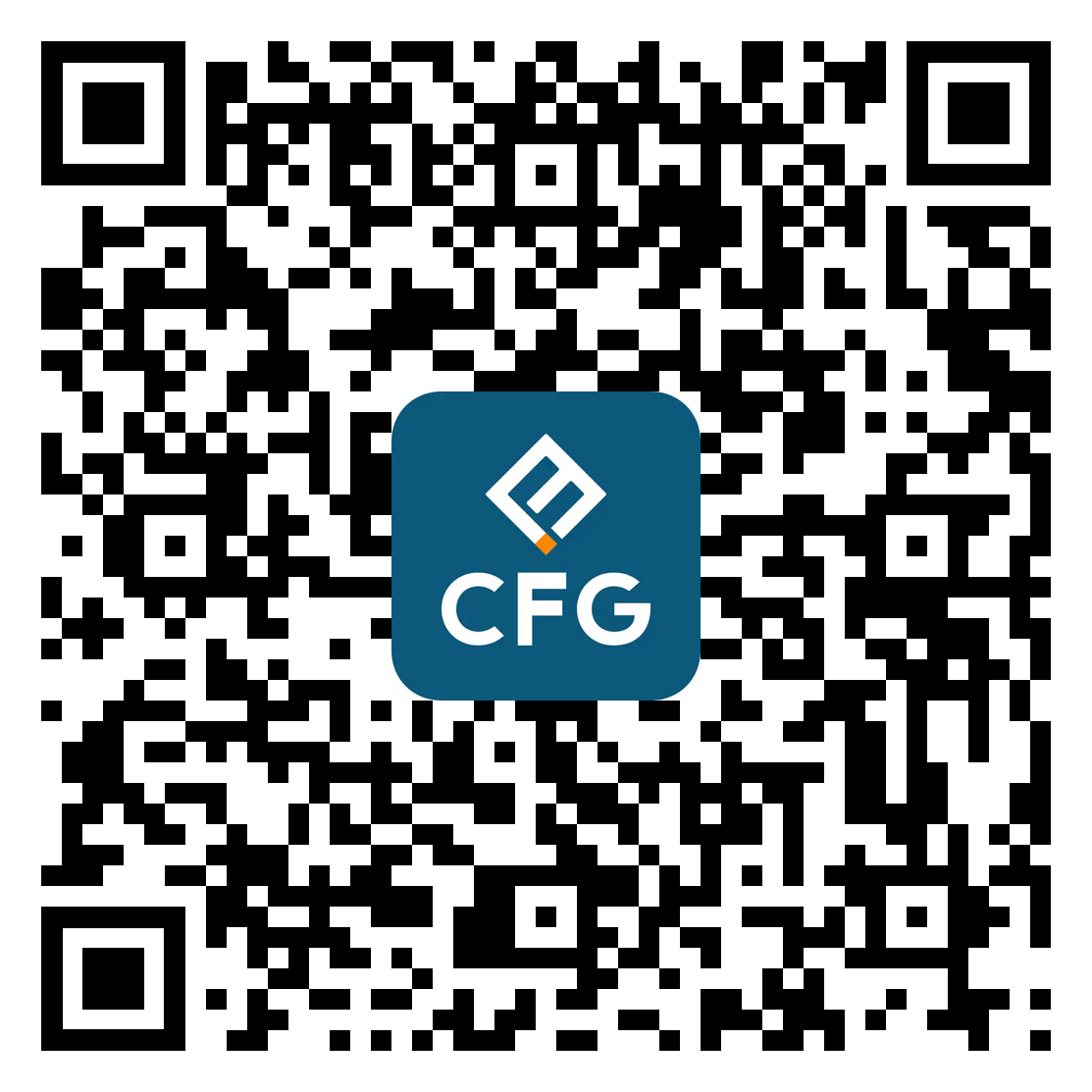What is Stock?
The stock market is a marketplace where people buy and sell shares (or stocks) of publicly traded companies. When you buy a stock, you are purchasing a small ownership stake in that company. The value of these shares can go up or down depending on various factors like the company's performance, economic conditions, and investor sentiment.
People buy stocks in hopes that the price of the stock will increase over time. When the stock price goes up, they can sell it for a profit. This is often the main reason people buy and sell stocks in the short term.
2. Diversification:By trading in different stocks and sectors, investors can spread out their risk. This helps protect their investments in case one particular stock or sector performs poorly. Diversification is a key strategy in building a balanced investment portfolio.
3. Speculation and Trading:Some traders (like day traders or swing traders) engage in short-term buying and selling, hoping to capitalize on small price movements. These traders typically use technical analysis, charts, and patterns to predict market trends and make quick profits. This approach is riskier and requires a lot of knowledge and quick decision-making.
4. Hedging:Institutional investors or large corporations sometimes trade stocks as a way to hedge against other investments or business risks. For example, a company might buy stocks in a competitor to offset the potential risks in its own business operations.
5. Wealth Building:Long-term investors may trade stocks as a way to build wealth over time. The idea is that over the years, the market as a whole tends to go up, and well-chosen stocks can outperform the broader market, leading to significant wealth accumulation.
A share CFD specifically refers to a CFD based on individual company stocks (shares).
Speculation on Price Movements:With a share CFD, you agree to exchange the difference in the price of the stock between when you open the contract and when you close it. If the stock price goes up and you bought the CFD, you make a profit. If the stock price goes down and you bought the CFD, you make a loss.
Leverage:One of the key features of CFDs is that they are typically traded with leverage, meaning you can control a larger position than you would be able to with the full amount of capital. For example, if you want to trade a stock worth $1,000, you may only need to deposit a small percentage (like 10%, or $100) to open the position. This can amplify both potential profits and losses.
No Ownership of the Underlying Asset:Unlike buying actual shares of stock, when you trade a share CFD, you do not own the underlying stock. Instead, you’re simply entering into an agreement to pay or receive the difference in the price of that stock from when you enter the position to when you exit.
Going Long or Short:You can use CFDs to profit from both rising and falling markets. If you think the stock price will rise, you "go long" (buy the CFD). If you think the stock price will fall, you "go short" (sell the CFD). This flexibility is one of the advantages of trading CFDs.
No Dividends, but Adjustments:While CFD traders don't receive the actual dividends paid by the companies (since they don't own the stock), they may receive an adjustment to their account based on the dividend amount if they hold the CFD at the time the dividend is paid.
Short-Term Trading:CFDs are often used for short-term speculation. Traders might hold positions for just a few minutes or hours (in the case of day trading) or for a few days to capitalize on price movements.
-
 Terms of Stock Contract
Terms of Stock ContractProvide 10 major stock indexes worldwide, low spreads, and leverage up to about 1:400
-
 Learn about CF Global Trade platform
Learn about CF Global Trade platformThere are a total of 68 kinds of CF Global Trade trading platforms for margin trading, which support computer and mobile versions, various charts, and technical indicator analysis.
Join us
Different trading models share the same investment opportunity. Open an account anytime and download the platform






